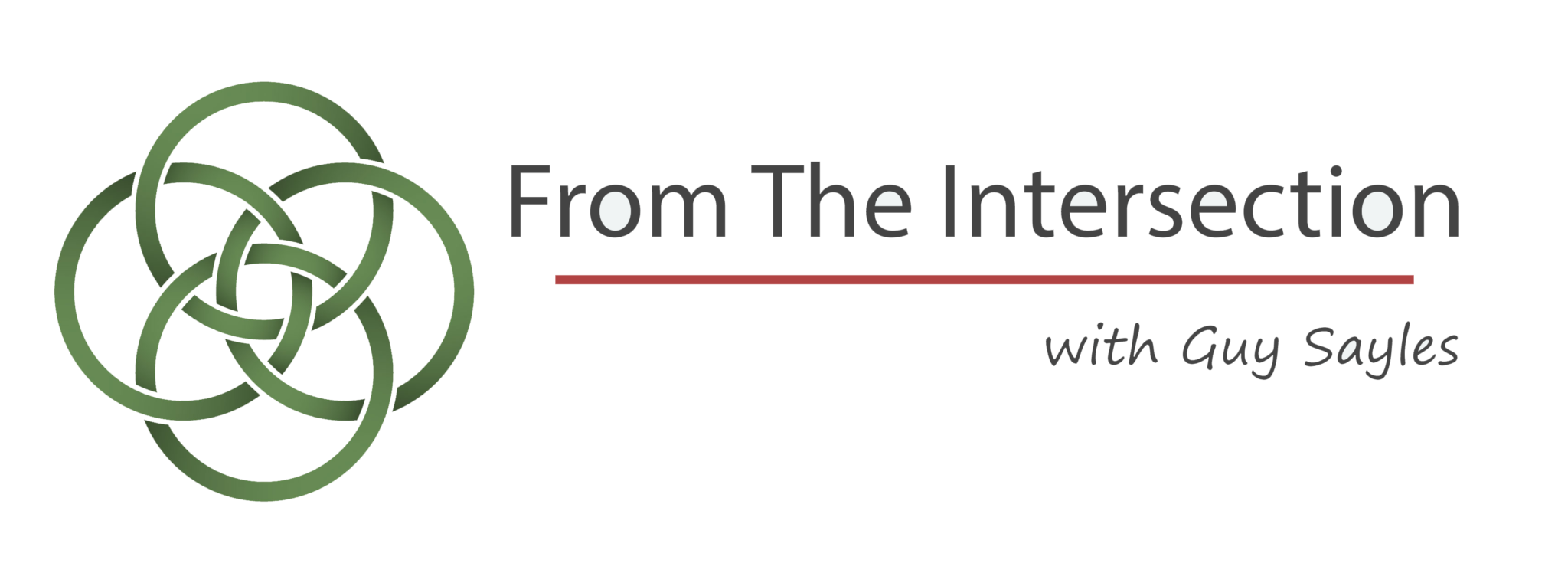Like many other preachers, my sermon yesterday drew, in part, on the terrible story of Herod’s “slaughter of the innocents,” as I attempted to speak about the unspeakable shootings in Newtown, CT.
A young family was decorating their home for Christmas. As they were unpacking their table-top manger scene, Scott, a five year old, went to his bedroom and brought back his huge model of a dinosaur, Tyrannosaurus rex, to put in the manger scene. He placed the dinosaur so that it looked menacingly down on Mary, Joseph, and Jesus. It seemed so out of place next to the peaceful manger scene. Wes, the father, said later: “I was tempted to try to tell Scott, ‘Look, that dinosaur is out of date. He lived millions of years before Christ was born. Then I realized Scott had caught a truth about Christmas, for Christ came to help us face the dinosaurs life places before us—those menacing terrors that seem to be so strong, so powerful.’” [Episcopal priest Wes Seeliger told this story.]
Tragically, terror menaces Christmas. We’ve experienced that horrific truth all too clearly this past week. An obviously troubled young man killed his mother in her home, went to the Sandy Hook Elementary School, in Newtown, CT, and opened-fire, at point-blank range, on defenseless children and their teachers, leaving 26 of them—6 teachers and 20 children—dead. Adam Lanza then shot himself. 28 people whose lives ended senselessly and violently.
Now, people everywhere reel in shock and dismay, stagger around in anguish and anger, feel unsafe and afraid, and wonder why such senseless and painful tragedies happen.
One of you told me that, one recent Christmas Eve, after you had been to the 9:00 PM service of Lessons and Carols and made your way home, you passed a small, private, family cemetery where you saw a shadowy figure, holding a bright flashlight, kneeling on a top of a grave.
The tragedy in Newton pushes out into the open what we often try to hide from ourselves and one another: At Christmas, we gladly sing “Silent Night” by candlelight in a warm church, but, sometimes, we also weep and pray in a chilly graveyard, by moonlight and flashlight.
Christmas includes tears. It always has. In a part of the Christmas story we don’t often read, Matthew’s Gospel (2:16-18) tells us that, after the birth of Jesus, the wise men from the East, who journeyed under the star to pay homage to Jesus, unwittingly tipped-off King Herod about the birth of a potential rival to his power and authority.
Herod was an insecure and ruthless man, who didn’t hesitate to resort to violence and bloodshed, even against his own family, to secure his position. The news about the birth of a future king who would threaten his status so haunted him that he ordered that all children “who were two years old or under” be killed (2:16).
Herod’s “slaughter of the innocents” is a text of terror. The Scriptures recount it but cannot account for it. No one can. There are no rational explanations for such horror. There are no answers which heal the hurting heart. The unvarnished truth is that there is evil in the world. People are sometimes the cause of such evil, and sometimes they are its agents. Unspeakable things happen.
When Matthew wrote about the deaths of those innocent children, he quoted Jeremiah, one of Israel’s great prophets, who, in a time of great tragedy, had imagined one of their matriarchs, Rachel, weeping over the deaths of vulnerable and defenseless children:
A voice was heard in Ramah,
wailing and loud lamentation,
Rachel weeping for her children;
she refuses to be consoled,
because they are no more (Matthew 2:18; Jeremiah 31:15).
There it is, in the first Christmas story: inconsolable, bitter grief which echoes centuries of unjust suffering and undeserved anguish. The flowing tears and the moaning and groaning and questioning of parents who must bury their brutally-murdered children are as much a part of Christmas as the glad and joyful praise of the angels who sang, “Glory to God in the highest, and on earth, peace.”
It is because the world has gone so wrong that Jesus came to make it right. it is because we live in the kind of world where Herod rules with ruthlessness and violence that Jesus came to rule with truth and grace. Christmas is God’s response to the kind of world where crying always stains a day like Christmas.
One of my cherished memories is captured in a little snapshot of my grandfather, Fred, pulling Eliot, who was about a year old, in a little red wagon. The picture doesn’t tell the whole story; the whole story is in my heart. The picture doesn’t tell you that my grandfather was dying with cancer when it was taken. The lung cancer with which he had struggled for years was making a newly aggressive assault on his body. What you can’t tell from the picture, either, is that my grandfather is pulling the wagon down a little path which went from our house to our church’s cemetery.
That picture reminds me that, when life assaults us, we can keep walking, even if it’s in to the cemetery, if we have a child in tow. Of course, I mean the Christ child, whose birth we celebrate this season, who lived among us, who died for us and with us, and who got up from death, victorious over everything that menaces us. Because Jesus has gone before us into the graveyard and cleared the path, life does not end there. In fact, the tomb is now a new womb, from which we are born anew into the presence of God. Life does not end in tears, but is born again with laughter.
We acknowledge, then, that we live in a torn and troubled world; but it is still God’s world. God is determined—God has promised—to make the broken whole again, to reclaim every lost thing and every lost person, to make peace in the place of violence, to put an end to pain, death, and mourning, to wipe every tear from our eyes, and make all things new.
Discover more from From The Intersection
Subscribe to get the latest posts sent to your email.


Recent Comments